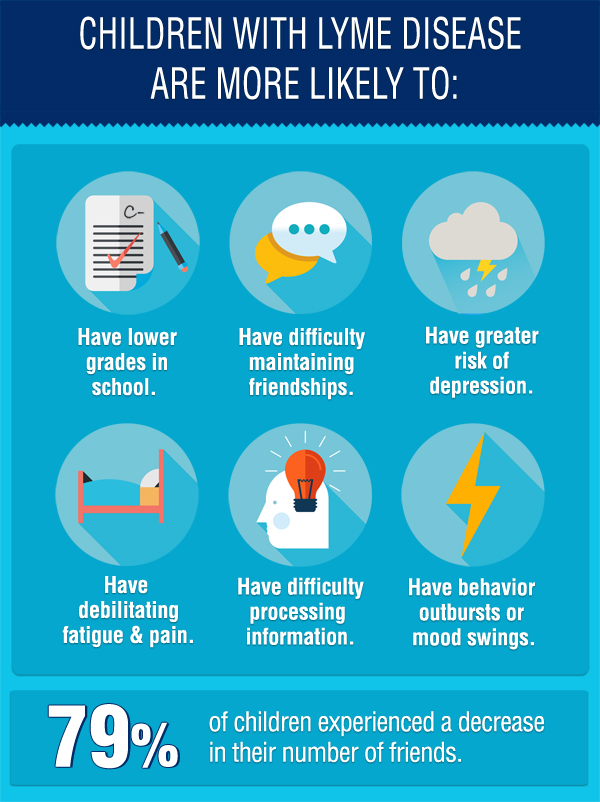-
Video With Questions and Answers
-
Dr. Daniel Cameron and Dr. Steven Phillips answer questions during presentation
Dr. Daniel Cameron, the current President of ILADS (International Association of Lyme and Associated Diseases) and Dr. Steven Phillips, its past President, answer 5 commonly asked questions about diagnosing Lyme disease
1. Negative tests, but symptomatic
2. Negative blood tests, but rash pattern is present
3. Blood tests from local labs vs specialty labs
4. False positve blood tests
5. The role of spinal taps -
-
Audio Interview With Questions and Answers
-
Dr. Daniel Cameron on WAMC Radio
Dr. Daniel Cameron joins WAMC’s Alan Chartock on this edition of Vox Pop to respond to listener questions and comments on Lyme disease. With the explosion in tick population seen over the past few years, this disease is becoming a big issue in the northeast”
-
WAMC Northeast Public Radio Medical MondayDr. Daniel CameronUpdate RequiredTo play the media you will need to either update your browser to a recent version or update your Flash plugin.
-
Frequently Asked Questions
-
If I have Lyme Disease, will I see a rash?
Not always. Less than 10% of the children ever recall seeing the classic bulls-eye rash. *Fewer than 50% of patients ever recall a tick attachment.
Does Lyme Disease only cause the classic “bulls-eye” rash?
No. A rash can present differently and it can appear on different parts of the body. The rash does not always present at the site of the tick bite. One rash or multiple rashes may appear. A rash may be hidden in their hairline and hard to detect. The rashes can come and go.
Will a rash caused by Lyme Disease disappear without treatment?
Yes, it will often disappear without treatment. But may resurface as a single rash or multiple rashes.
How do I know if a rash may be a sign of by Lyme Disease?
Many people will develop a small red spot, no larger than the size of a dime, within 3 days of being bitten. This is just an allergic reaction occurring in response to the saliva from the tick. If the spot expands to bigger than 2 inches then it may be a sign that your child has been infected with Lyme Disease.
The typical bull’s-eye Lyme rash grows larger than 2 inches in diameter. It usually doesn’t appear until 5-7 days AFTER the tick bite. And it typically will begin to fade after 1 or 2 days of antibiotic treatment.
If my child has a bulls-eye rash (EM) but tests negative for Lyme Disease, should he/she still be treated?
Absolutely. If your child has the EM rash, you’re child has Lyme Disease. This ALONE signifies a Lyme infection, and meets the CDC’s diagnostic criteria. Guidelines set by ILADS (International Lyme and Associated Diseases Society) recommend oral antibiotic therapy for at least 6 weeks for adults and children, diagnosed in the early stages or when a rash is present.
If my child has already been infected, can he/she become infected again with Lyme Disease?
Yes. Your child is not immune to future infections. Keep in mind, ticks can carry and transmit a number of diseases in addition to Lyme Disease.
Is there a vaccine for Lyme Disease?
No longer. There used to be a vaccine but it was pulled off the market.
What time of the year is my child most likely to be in danger of being infected?
The majority of infections occur between May and August when ticks are most active. However, as long as the temperature is above or near freezing, ticks remain active and are a threat.
When will my child show symptoms of Lyme Disease?
Lyme Disease symptoms may appear within days, weeks, months or even years after the initial infection.
Can my pet transmit Lyme Disease to my child?
An infected tick can attach to your dog or cat and then brought into the home. A tick will usually remain attached to your pet but if a tick is loose on their fur, it can be transferred if your child and pet come in contact with each other. (Remember, ticks don’t jump or fly.)



